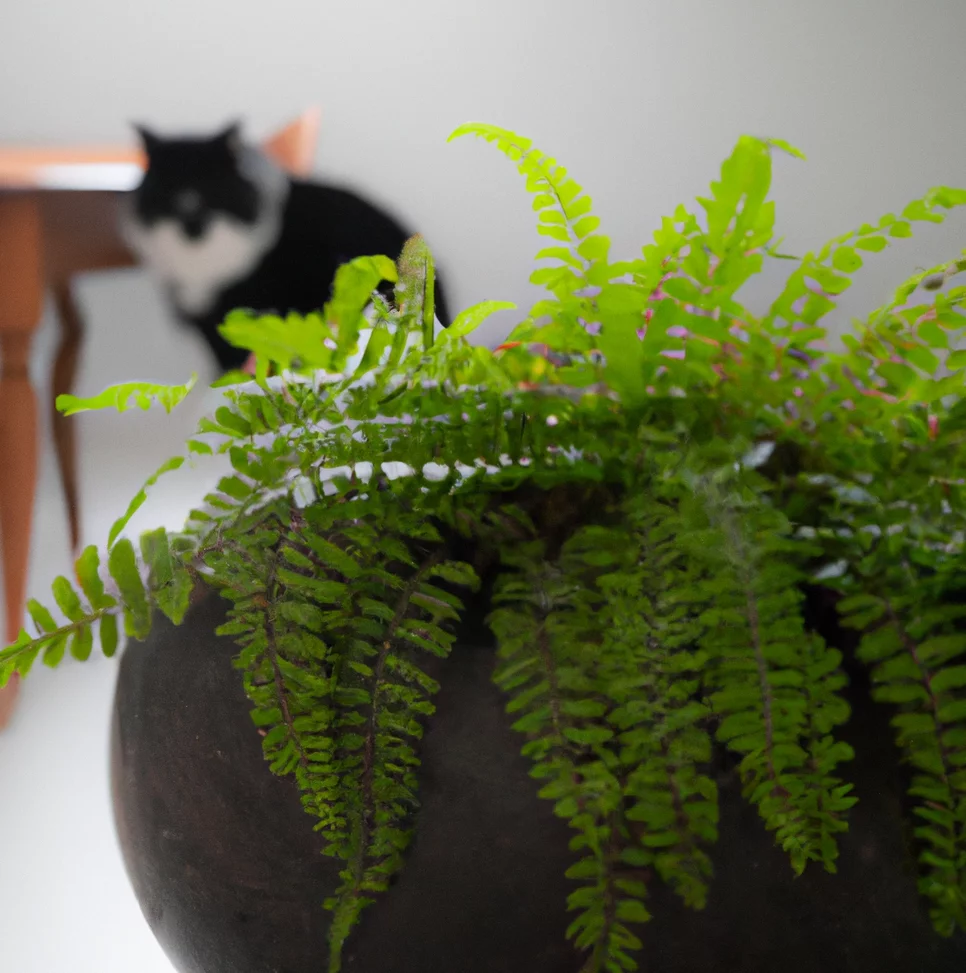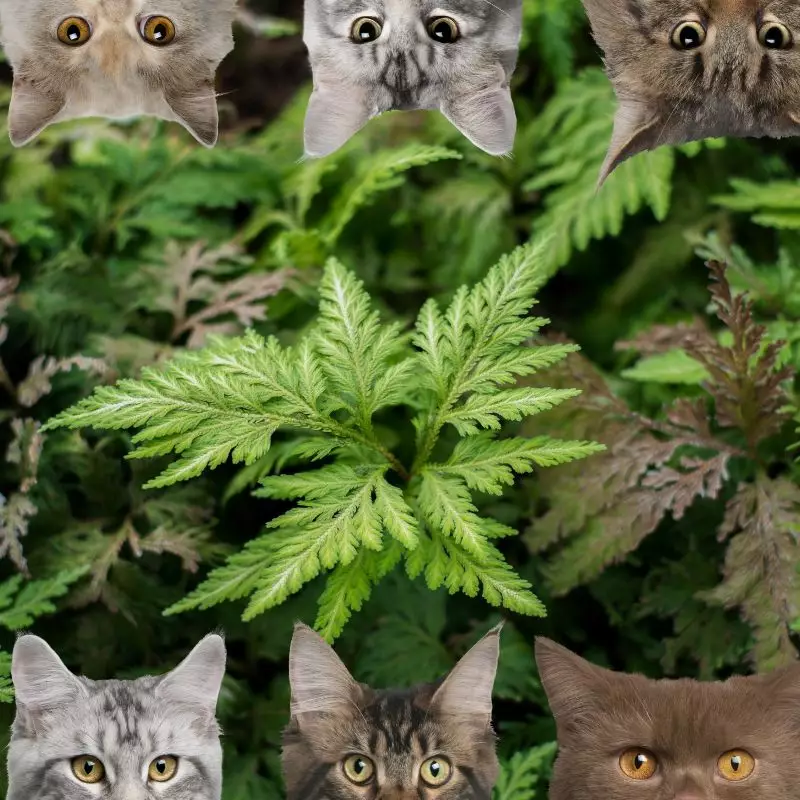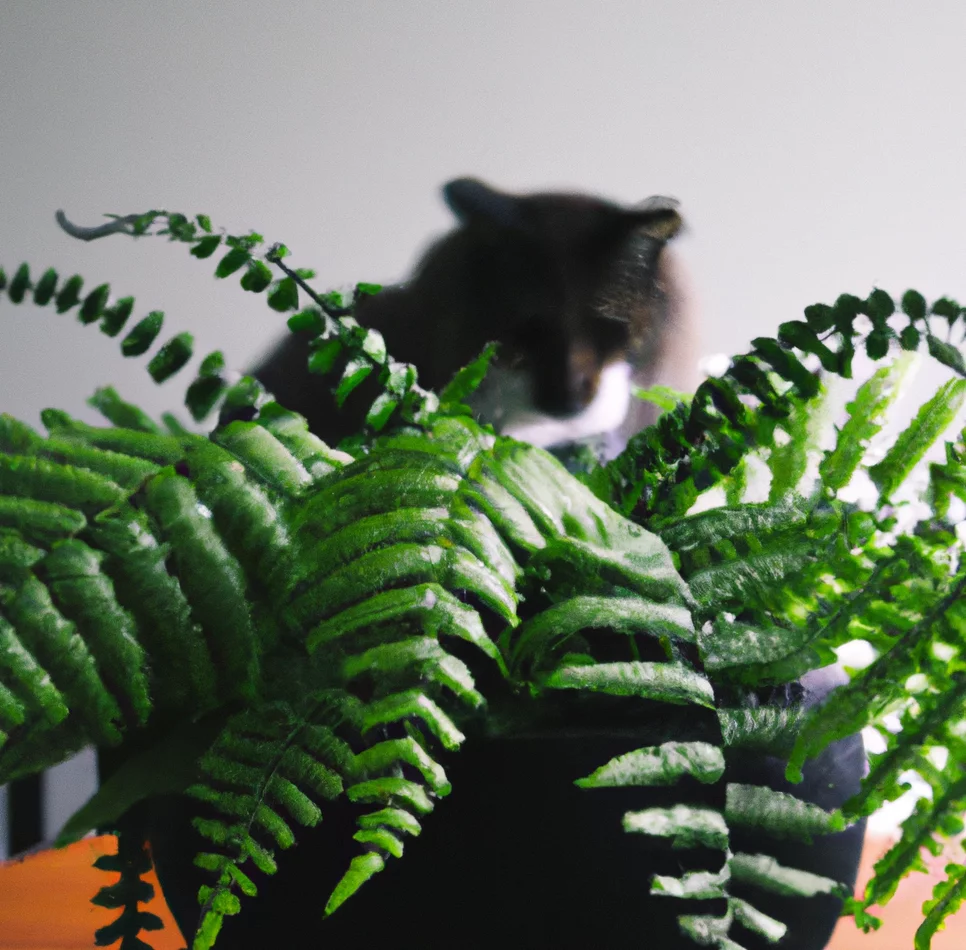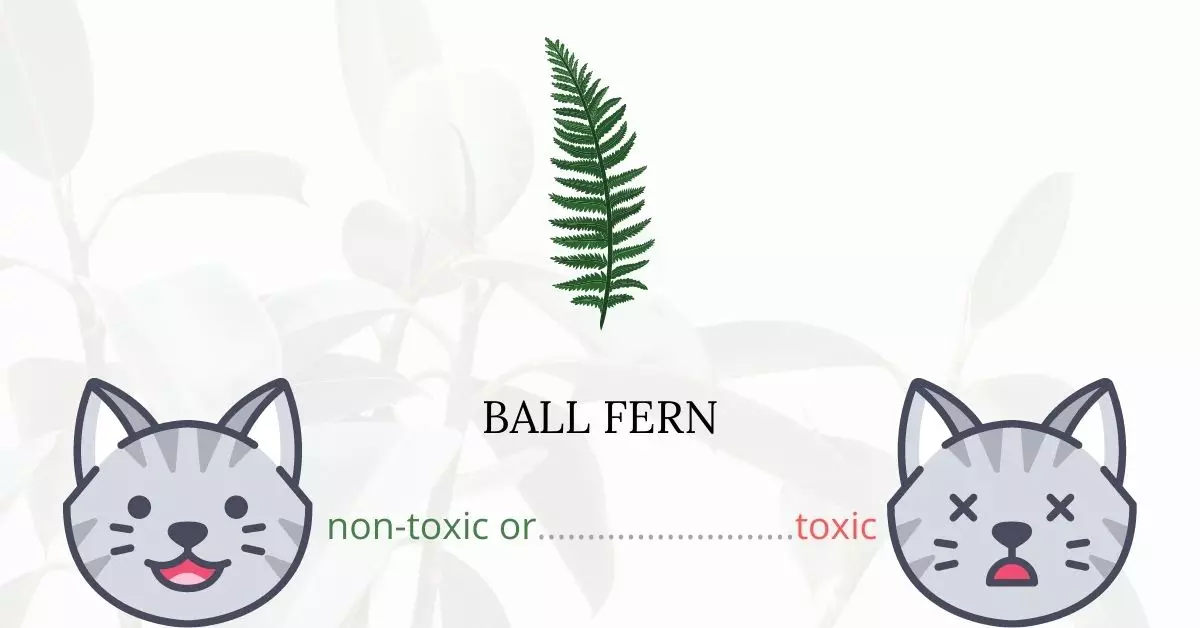Ball Ferns, scientifically classified as Davallia species, pose no toxicity risk to cats. In response to concerns regarding feline interaction with this plant, it is essential to clarify that Ball Ferns are non-toxic to not only cats but also dogs and horses, as listed by the American Society for the Prevention of Cruelty to Animals (ASPCA). Thus, cat owners can have peace of mind even if their feline companions exhibit a penchant for nibbling on some ball ferns.
To ensure the utmost accuracy and reliability of this information, this article has been meticulously prepared in collaboration with a team of seasoned Doctors of Veterinary Medicine (DVMs). Their extensive knowledge and experience enable us to present precise and current insights into the potential risks associated with various plants, focusing particularly on Ball Ferns and their impact on cats in this instance. Further substantiating our findings, we have conducted extensive research through high-authority websites such as ASPCA and PetMD, validating the safety profile of each plant discussed. This diligent approach assures our readers of receiving trustworthy and up-to-date information regarding the interplay between plants and pets.
Can Cats Eat Ball Fern?

Nibbling or eating small portions of ball ferns are generally safe for your feline buddies. But to be on the safe side, don’t let your cat eat too many ball ferns.
Cats are carnivores by nature and lack the enzymes needed to digest plant sources. As a result of this, they may have gastrointestinal troubles if they ingest too many plant materials.
Commercial fertilizers and pesticides that are used to enhance plant development may contain poisonous compounds that are harmful to cats. Your cat may be poisoned if these hazardous substances were present in the ball fern he or she ate.
What is Ball Fern?

The Davallia genus of ferns has around three dozen species of ferns that grow from creeping rhizomes that are fuzzy and coated in a fine, fur-like layer of hairs. The Davallia species’ common names include deer’s foot ferns, squirrel’s foot ferns, and rabbit’s foot ferns, among others. The fuzzy, ground-level rhizomes are supposed to mimic animal feet.
Ball ferns are endemic to the Pacific, Australia, Asia, and Africa’s tropical and subtropical climates. They are often epiphytic, but can also be lithophytic or terrestrial. Some species are cultivated as decorative plants. They are frequently used in hanging baskets because the rhizomes divide into portions and cover the surface fast. Ball ferns, unlike other ferns, can endure low humidity conditions.
Keeping Cats Away From Ball Fern

Cat owners should keep their plants out of reach of their cats. This will not only safeguard your cats but will also keep your plants from getting damaged.
You can use natural deterrents to keep your cats away from your plants. Experts also suggest trying the aluminum foil method. Cats dislike the crinkly sensation and scent of aluminum foil, therefore they avoid it. Wrap your pots with aluminum foil or place the foil near your plants in the garden.
Cats also dislike sticky textures. Covering your pots with double-sided sticky tape will also drive them away from your plants.
Plants to Avoid For Your Cats
If you are a cat owner and unsure if the plants growing in your yard are harmful to your cats, check out this list of toxic plants for cats. You can also check our list of non-toxic plants for cats.





